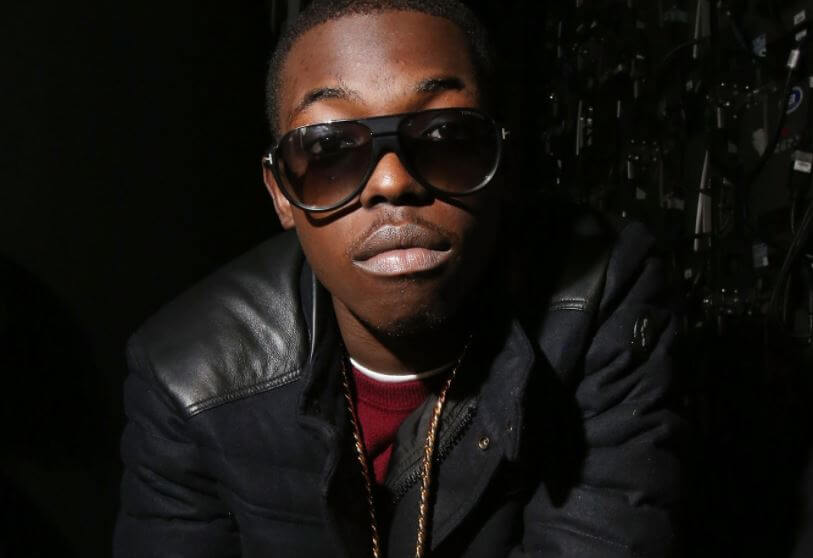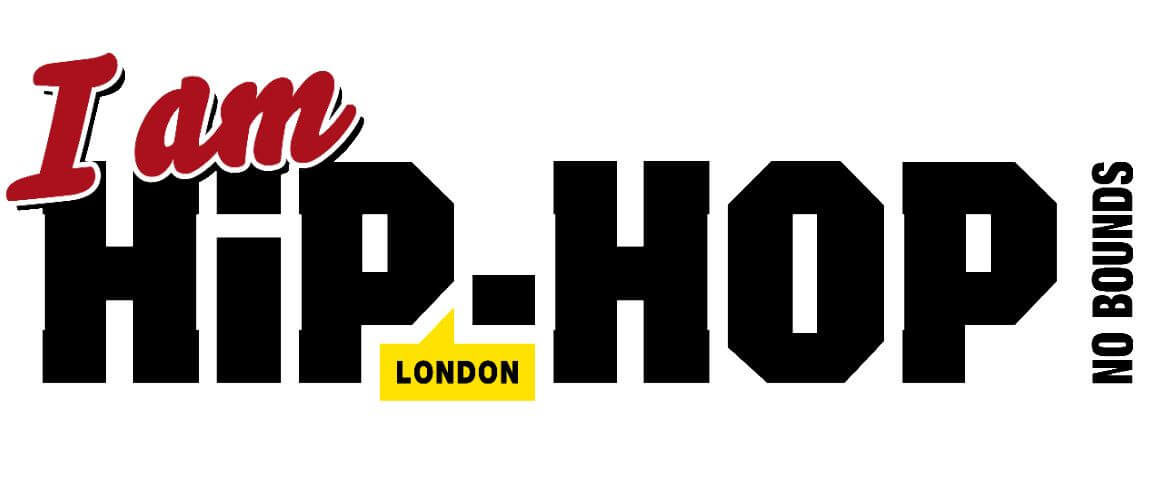
Bobby Shmurda was born Ackquille Jean Pollard in Miami, Florida, on August 4, 1994, the same year Biggie’s debut album Ready To Die climbed to No. 15 on the Billboard 200 chart.
By all accounts Pollard (from here on referred to as “Shmurda”) should have spent his formative years in the sunshine state. But fate had other plans. Gervase Johnson, Shmurda’s father, was sentenced to life in prison for attempted murder in Miami-Dade county. Not long after Johnson’s sentencing, Leslie Pollard, Shmurda’s mother, moved him and his older brother, Javese, north to the toughest borough in New York: Brooklyn.
Shmurda was barely two months old when he arrived in the borough that brought us Fabolous and Jay‑Z. The year the Pollards moved to New York, the city’s crime rate improved slightly when compared to a decade earlier. Crime was falling across the city, for sure, just not as fast as it rose. In Flatbush where the Pollards would eventually settle, serious crimes like murder were on the rise.
Around 10 years old Shmurda was introduced to Flatbush’s crack trade by his brother, Javese. Shmurda’s introduction to drug dealing came from a need to follow his big brother everywhere. If Javese went to shoot hoops at Prospect Park, Shmurda was on the sidelines begging to dribble the rock. If Javese was looking for a spot to lay out on Brighton Beach, Shmurda was right behind him, dragging the cooler across the sand. So when Javerse started selling crack, it made perfect sense for a young Shmurda to do the same.
It was 2004 when Shmurda sold his first vial of crack to a Brooklyn fiend. It was also the year rappers from the Midwest and (to a greater extent) the South began making their mark on the Hip Hop scene. A year ago East Coast MCs like Lil’ Kim and 50 Cent dominated the Hip Hop and R&B charts. Now the likes of Lil’ Wayne and Kanye West were the ones dominating.
Southern rap’s influence and popularity would only increase over the next decade. As artists like OutKast and Jeezy ran roughshod over the airwaves, Shmurda was running the streets of Flatbush with a crew that called themselves GS9.
GS9 stands for “G Stone Crips.” In a decade, Brooklyn District Attorney Kenneth P. Thompson would indict Shmurda and several members of GS9 on 69 counts ranging from Conspiracy to Murder. Six months before the indictment, Complex would ask Shmurda what it was like growing up in Flatbush. The rapper would respond, “[You] gotta be hard. If you ain’t hard you ain’t gonna stand.” That’s exactly what GS9 was composed of: A motley crew of young males of Caribbean descent hardened by the streets of Brooklyn. Based in East Flatbush, the GS9 gang claims several dozen members. The more well-known members include Chad “Rowdy Rebel” Marshall, Rashid “Rasha” Derissant, Santino “Cueno” Boderick, Alex “A‑Rod” Crandon, and Shmurda’s best friend, Tyrief “Shyste” Gary.
The activities Shmurda and GS9 were involved in from 2004 to 2014 need not be mention in detail. All that needs to be understood is this: GS9 did whatever it took to survive the streets of Brooklyn. If a rival invaded GS9 turf, the gang was quick to defend it. If money had to be made, GS9 made it by any means. Somewhere between defending turf and making money, Shmurda spent a little over a year in juvenile detention for a gun charge. The charges were dropped eventually, and Shmurda soon found himself back on the streets.
Then, as another hot summer came to a close, tragedy struck.
On September 5, 2011, Shmurda’s best friend was shot while attending a Labor Day cookout in East Flatbush. Shyste was shot in the chest. Three other men were hit too. All four gunshot victims were rushed to Kings County Hospital. Shyste was the only one who didn’t survive. He was 18 just seven months when he died. News reports claimed members from a rival gang called BMW (“Brooklyn’s Most Wanted) were behind Shyste’s murder. The N.Y.P.D.‘s gang unit would later claim several shootouts between GS9 and BMW occurred in the years following Shyste’s death. Like an old ghost these incidents would come back to haunt the GS9 crew.
While the beef between Shmurda’s crew and BMW cooked in Flatbush, a heated debate was taking place within New York’s rap culture. The debate was about certain East Coast Rappers, and whether or not they should cease imitating the sound of Southern rap, which dominated the airwaves at the time. Tru Life, a rapper from Manhattan’s Lower East Side, argued both on and off wax that New York MCs should quit imitating their Southern counterparts. Far as Tru Life was concerned imitation wasn’t flattery, it was a vampire sucking the life out of East Coast rap. The MCs that disagreed with Tru Life thought, in principle, that a rapper’s sound should not be confined to the region in which they reside.
This debate would continue for years. As it raged on, Shmurda and GS — at this point virtual unknowns to the larger New York rap scene — were experimenting with rap, cooking up a sound of their own. Their experiment would give birth to a new genre of rap called Brooklyn Drill.
In simple terms, Brooklyn drill combines elements of trap and Chicago drill music with the signature sound of New York-Style rap. Today, Brooklyn drill has reached Hip Hop fans across the globe thanks to artists like Sheff G and the late Pop Smoke. But five years before Pop Smoke would perform “Welcome To The Party” and “Dior” at London’s Islington Assembly Hall, Shmurda would release a track that many believe ignited what we now call the Brooklyn drill movement.
That track was “Hot N—a.”
Stay tuned to Iamhiphopmagazine.com for “Shmurda Life — Part Two.”
